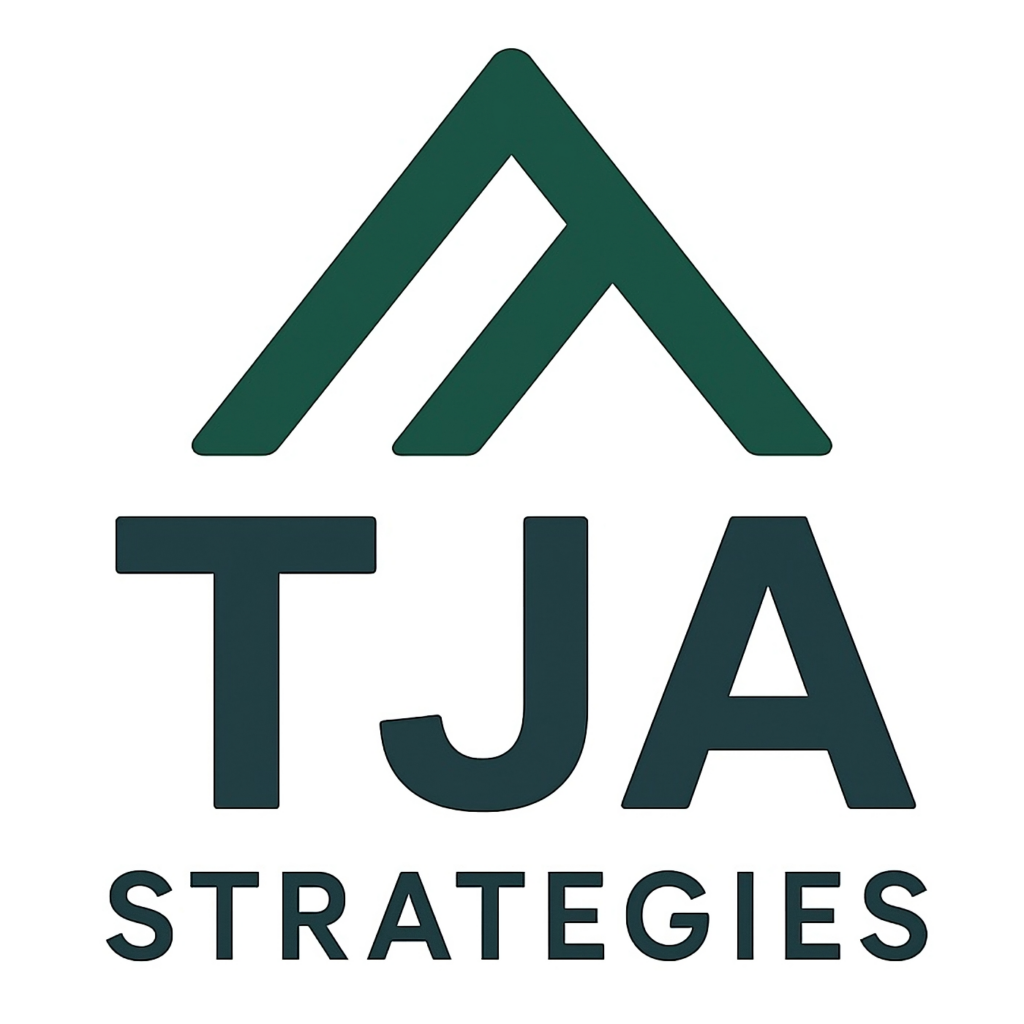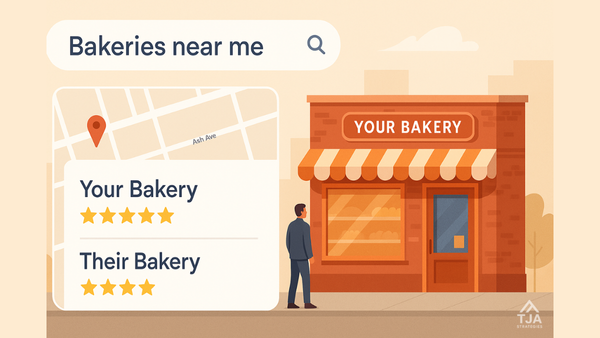If you’re running a business that serves a specific geographic area – whether it’s a real estate agency, HVAC company, law firm, or yoga studio – your success often hinges on one key question: Can people nearby find you when they need you?
In a world where search results are increasingly personalized and AI-enhanced, local SEO has become one of the most powerful tools for building visibility, trust, and foot traffic (both digital and physical). And while the rules of SEO keep evolving, your local strategy can be the difference between getting buried – or getting booked.
Here’s what you need to know about local SEO in 2025, and how to make it work for your business.
What Is Local SEO (And Why It’s Still a Big Deal)?
Local SEO is the practice of optimizing your online presence to attract more business from relevant local searches – especially those with location-specific keywords or proximity-based intent.
Think:
- “HVAC repair near me”
- “Main Line realtor”
- “Best pizza in Ardmore”
- “Bensalem personal injury lawyer”
These queries often signal intent to act. In fact, Google reports that 76% of people who search for something nearby visit a related business within a day. If your business shows up at the top of that search – or in the local map pack – you’re in a prime position to convert.
What’s Changed in 2025?
Local SEO isn’t new, but it is more competitive and algorithmically complex than ever. Here’s how the landscape has shifted:
- AI Overviews now influence local searches.
- Google’s generative AI is starting to impact location-based queries by synthesizing top recommendations and summaries. That means businesses with strong reviews, clear service descriptions, and consistent local citations are more likely to be mentioned – even in zero-click results.
- Proximity isn’t everything anymore.
- While proximity still matters, relevance and reputation increasingly determine visibility. Businesses that invest in content, structured data, and review management often outrank closer competitors.
- Mobile and voice search dominate.
- “Near me” searches continue to rise – especially through mobile and smart assistants. This makes your local presence and fast-loading mobile experience non-negotiable.
The Core Building Blocks of a Strong Local SEO Strategy
Here’s your roadmap to improve visibility, attract more local customers, and future-proof your strategy:
1. Optimize Your Google Business Profile (GBP)
Your GBP is your most important local SEO asset. Make sure it’s:
- Fully filled out (business name, categories, hours, phone, website, etc.)
- Accurate and consistent with your website and citations
- Updated regularly with photos, posts, and promotions
- Linked to real customer reviews (and responses)
Pro tip: Add keywords to your business description and use Q&A to preemptively answer common customer questions.
2. Build and Manage Local Reviews
Online reviews are a trust signal for both customers and search engines. Focus on:
- Asking happy customers for reviews (especially via email or text after service)
- Responding to all reviews – positive or negative
- Including relevant service terms in responses to help with keyword relevance
Goal: Aim for steady growth, not volume spikes. A natural review cadence looks more trustworthy to algorithms.
3. Nail Your On-Page Local Signals
Every page on your site should clearly communicate your location and service area. Include:
- City and neighborhood names in titles, headers, and body copy
- Embedded Google Maps on location/contact pages
- Service area pages for each major region you serve
Example: If you’re an HVAC company serving Philadelphia and surrounding suburbs, create a unique landing page for “HVAC Services in Bensalem” optimized with location-specific content.
4. Leverage Local Content
Go beyond basic service descriptions. Develop blog posts, FAQs, or guides that tie your expertise to local events, seasons, or community issues.
Content ideas:
- “5 Signs You Need AC Repair Before the Philly Heat Hits”
- “Top Neighborhoods for First-Time Buyers on the Main Line”
- “How to Prepare Your Home for Winter in Bensalem”
This not only boosts your keyword reach but positions you as a hyper-local expert.
5. Build Consistent Citations
Local citations (mentions of your business name, address, and phone number across the web) are foundational to local SEO.
Audit your listings across:
- Yelp
- Apple Maps
- Bing Places
- Industry-specific directories (e.g., Zillow, Angi, Avvo, etc.)
Use tools like Moz Local or Whitespark to track citation accuracy and fill in missing opportunities.
Don’t Forget: Local SEO = Local Conversions
All the rankings in the world mean nothing if they don’t lead to action. That’s why your site and listings need to be optimized for conversion just as much as discovery.
Make sure you:
- Offer click-to-call and click-to-text features
- Clearly display pricing, services, and service areas
- Use fast-loading pages, especially on mobile
- Add trust signals like testimonials, certifications, and local affiliations
Final Thoughts: Go Local or Get Lost
In 2025, local SEO is no longer optional – it’s essential. The businesses that win are the ones that don’t just show up, but show up with clarity, credibility, and consistency.
If you serve a local audience and you’re not optimizing for proximity-based search behavior, you’re leaving money on the table. The good news? With a smart, steady local SEO strategy, you don’t need to outrank the entire internet – just the businesses down the street.



